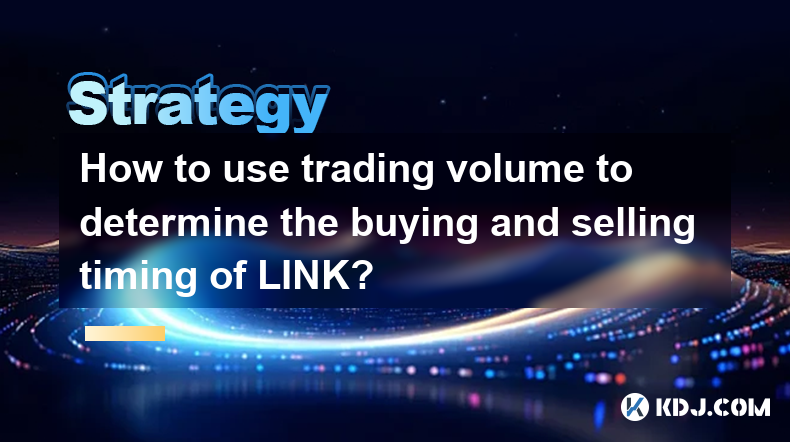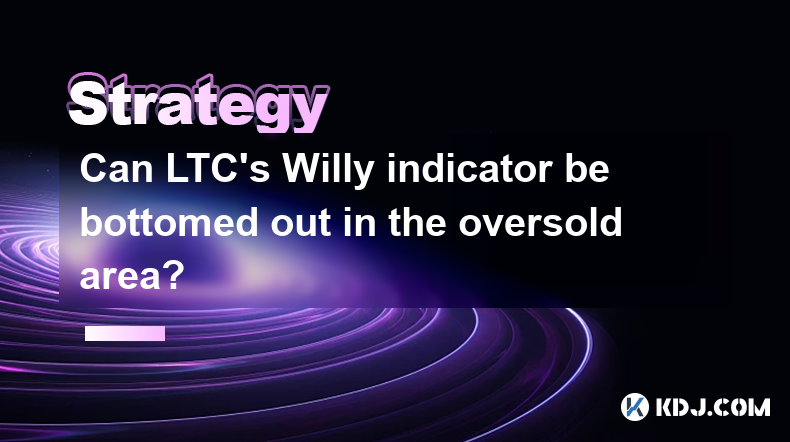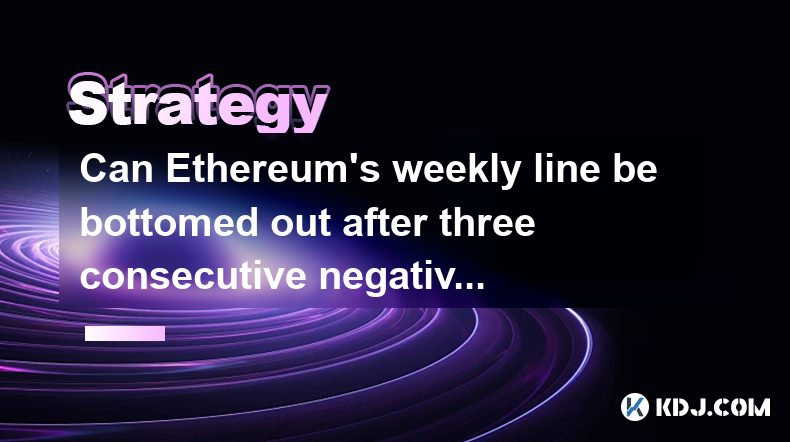-
 Bitcoin
Bitcoin $93,552.1763
-0.23% -
 Ethereum
Ethereum $1,766.6931
-1.98% -
 Tether USDt
Tether USDt $1.0004
0.01% -
 XRP
XRP $2.1989
-1.25% -
 BNB
BNB $600.3676
-1.11% -
 Solana
Solana $151.2120
-0.25% -
 USDC
USDC $0.9999
0.01% -
 Dogecoin
Dogecoin $0.1807
0.74% -
 Cardano
Cardano $0.7184
2.59% -
 TRON
TRON $0.2455
-0.34% -
 Sui
Sui $3.3186
11.28% -
 Chainlink
Chainlink $14.9893
-0.57% -
 Avalanche
Avalanche $22.3158
-0.80% -
 Stellar
Stellar $0.2793
4.32% -
 UNUS SED LEO
UNUS SED LEO $9.2411
1.32% -
 Shiba Inu
Shiba Inu $0.0...01363
0.69% -
 Toncoin
Toncoin $3.1745
-0.42% -
 Hedera
Hedera $0.1878
3.95% -
 Bitcoin Cash
Bitcoin Cash $352.8657
-1.54% -
 Polkadot
Polkadot $4.2441
3.41% -
 Litecoin
Litecoin $84.2485
0.91% -
 Hyperliquid
Hyperliquid $18.6605
0.10% -
 Dai
Dai $1.0001
0.00% -
 Bitget Token
Bitget Token $4.4221
-2.10% -
 Ethena USDe
Ethena USDe $0.9996
0.01% -
 Pi
Pi $0.6540
-1.68% -
 Monero
Monero $227.1550
-1.36% -
 Pepe
Pepe $0.0...08734
-1.41% -
 Uniswap
Uniswap $5.8113
-4.55% -
 Aptos
Aptos $5.4832
1.80%
How to use trading volume to determine the buying and selling timing of LINK?
Use trading volume to time LINK trades: buy during high volume breakouts and sell when volume declines at price peaks for optimal results.
Apr 25, 2025 at 02:07 am

How to Use Trading Volume to Determine the Buying and Selling Timing of LINK?
Trading volume is a crucial metric in the cryptocurrency market that can provide valuable insights into the buying and selling behavior of traders. When it comes to Chainlink (LINK), understanding how to analyze trading volume can help you make more informed decisions about when to buy and sell. This article will guide you through the process of using trading volume to determine the optimal timing for trading LINK.
Understanding Trading Volume
Trading volume represents the total number of LINK tokens that have been traded within a specific period, such as a day, hour, or minute. High trading volume indicates strong interest and activity in the market, while low volume suggests less interest and potentially lower liquidity. By analyzing changes in trading volume, you can gain insights into market sentiment and potential price movements.
Identifying Key Volume Patterns
To effectively use trading volume for timing your LINK trades, you need to recognize certain volume patterns that can signal buying and selling opportunities. Here are some key patterns to look for:
- Volume Spikes: A sudden increase in trading volume can indicate a significant event or news that is driving interest in LINK. If the price moves in the same direction as the volume spike, it may signal a strong trend that you can follow.
- Volume Divergence: If the price of LINK is moving in one direction but the trading volume is decreasing, this may suggest that the current trend is losing momentum. This could be a signal to prepare for a potential reversal.
- Volume Confirmation: When the price of LINK breaks out of a consolidation pattern and is accompanied by high trading volume, this can confirm the strength of the new trend. This is often a good time to enter a trade in the direction of the breakout.
Using Volume to Determine Buying Timing
When looking to buy LINK, you want to identify periods where the market is showing signs of increasing interest and potential upward momentum. Here's how you can use trading volume to find the right buying timing:
- Monitor Volume During Price Dips: If the price of LINK drops but the trading volume remains high or starts to increase, this could indicate that the dip is being bought up by investors. This might be a good time to consider entering a long position.
- Watch for Volume Breakouts: A breakout from a consolidation pattern with high trading volume can signal the start of a new bullish trend. Look for such breakouts as potential buying opportunities.
- Analyze Volume Trends: If you notice a consistent increase in trading volume over several periods, this may suggest growing interest in LINK. Buying during the early stages of such a trend could be beneficial.
Using Volume to Determine Selling Timing
Knowing when to sell LINK is just as important as knowing when to buy. Here are some ways to use trading volume to determine the right selling timing:
- Monitor Volume During Price Peaks: If the price of LINK reaches a new high but the trading volume starts to decline, this could indicate that the upward momentum is waning. This might be a signal to consider taking profits.
- Watch for Volume Reversals: If you see a sudden drop in trading volume after a period of high volume, this could signal that the current trend is losing steam. This might be a good time to exit your position.
- Analyze Volume Divergence: If the price of LINK continues to rise but the trading volume is decreasing, this could be a warning sign of an impending reversal. Consider selling before the price drops.
Practical Steps to Analyze LINK Trading Volume
To effectively analyze the trading volume of LINK and make informed trading decisions, follow these practical steps:
- Choose a Reliable Trading Platform: Select a trading platform that provides accurate and real-time trading volume data for LINK. Popular platforms like Binance, Coinbase, and Kraken offer detailed volume charts.
- Set Up Volume Indicators: Add volume indicators to your trading charts. Common indicators include the Volume Oscillator, On-Balance Volume (OBV), and the Volume Weighted Average Price (VWAP). These can help you visualize volume trends more clearly.
- Monitor Volume in Real-Time: Keep an eye on the trading volume of LINK throughout the day. Use alerts or notifications to stay updated on significant volume changes.
- Combine Volume with Price Action: Always analyze trading volume in conjunction with price movements. Look for correlations between volume spikes and price changes to identify potential trading opportunities.
- Backtest Your Strategies: Use historical data to backtest your volume-based trading strategies. This can help you refine your approach and increase your confidence in making trades based on volume analysis.
Case Study: Using Volume to Trade LINK
Let's consider a hypothetical case study to illustrate how you can use trading volume to time your LINK trades effectively:
- Scenario: LINK has been trading in a tight range for the past week, with the price oscillating between $20 and $22. You notice that the trading volume has been relatively low during this period.
- Event: Suddenly, a major news announcement about a new partnership for Chainlink causes the trading volume to spike significantly. The price of LINK breaks above $22 on high volume.
- Analysis: The high volume breakout above the resistance level suggests strong buying interest and the potential start of a new bullish trend.
- Action: You decide to enter a long position on LINK at $22.50, just above the breakout level, to take advantage of the new trend.
- Monitoring: Over the next few days, you keep an eye on the trading volume and price action. The volume remains high, and the price continues to rise, confirming the strength of the trend.
- Exit Strategy: After a week, you notice that the trading volume starts to decline even though the price is still rising. You interpret this as a sign that the trend might be losing momentum. You decide to sell your LINK at $25, securing a profit.
Frequently Asked Questions
Q: Can trading volume alone be used to make trading decisions for LINK?
A: While trading volume is a valuable indicator, it should not be used in isolation. Combining volume analysis with other technical indicators, such as moving averages, RSI, and MACD, can provide a more comprehensive view of the market and help you make more informed trading decisions.
Q: How can I tell if a volume spike is significant for LINK?
A: To determine the significance of a volume spike, compare it to the average trading volume over the past few weeks or months. A volume spike that is significantly higher than the average volume can indicate a strong market reaction and potential trading opportunity.
Q: What are some common mistakes traders make when using volume to trade LINK?
A: One common mistake is ignoring the context of the volume spike. For example, a volume spike during a news event may not have the same implications as a spike during a regular trading day. Another mistake is over-relying on volume without considering other market factors, such as overall market sentiment and technical indicators.
Q: How frequently should I check the trading volume of LINK?
A: It's beneficial to monitor the trading volume of LINK regularly, especially during active trading hours. Setting up alerts for significant volume changes can help you stay updated without constantly watching the market.
Disclaimer:info@kdj.com
The information provided is not trading advice. kdj.com does not assume any responsibility for any investments made based on the information provided in this article. Cryptocurrencies are highly volatile and it is highly recommended that you invest with caution after thorough research!
If you believe that the content used on this website infringes your copyright, please contact us immediately (info@kdj.com) and we will delete it promptly.
- Bitcoin (BTC) Long-Term Holders (LTHs) Increased Their Collective Wealth by $26 Billion
- 2025-04-25 07:40:11
- Institutional Bitcoin demand may be surging, but Sygnum Bank says altcoins are primed for a rebound. Here are five under-$0.05 cryptos with breakout potential as Q2 heats up.
- 2025-04-25 07:40:11
- Should You Throw $1,000 Into ONDO Token Right Now? Here's What the Charts Say
- 2025-04-25 07:35:12
- BIO-key® International Regains Compliance with Nasdaq Listing Rule 5250(c)(1) by Timely Filing Its Form 10-K for the Year Ended December 31, 2024
- 2025-04-25 07:35:12
- After an Increase in Solana (SOL) Whale Activity, Crypto Analysts Are Revisiting Their Solana Price Predictions
- 2025-04-25 07:30:12
- Bitcoin (BTC) Price Recovery Could Be at Stake If It Doesn't Hold Above a Particular Level
- 2025-04-25 07:30:12
Related knowledge

Is the increase in LINK's net outflow from exchanges a positive signal?
Apr 24,2025 at 02:35pm
The recent increase in LINK's net outflow from exchanges has sparked discussions within the cryptocurrency community about its implications for the token's future performance. LINK, the native token of the Chainlink decentralized oracle network, has seen a notable shift in its net outflow from exchanges, which many interpret as a positive signal. This a...

Is LTC's UTXO age distribution useful for judging buying and selling points?
Apr 23,2025 at 05:42pm
Is LTC's UTXO age distribution useful for judging buying and selling points? Understanding the UTXO (Unspent Transaction Output) age distribution of Litecoin (LTC) can provide valuable insights into the behavior of its holders and potentially help in making informed decisions about buying and selling points. The UTXO age distribution refers to the age o...

How to use trading volume to determine the buying and selling timing of LINK?
Apr 25,2025 at 02:07am
How to Use Trading Volume to Determine the Buying and Selling Timing of LINK? Trading volume is a crucial metric in the cryptocurrency market that can provide valuable insights into the buying and selling behavior of traders. When it comes to Chainlink (LINK), understanding how to analyze trading volume can help you make more informed decisions about wh...

Can LTC's Willy indicator be bottomed out in the oversold area?
Apr 24,2025 at 01:43pm
Understanding the Willy IndicatorThe Willy indicator, also known as the Willy ratio, is a technical analysis tool used in the cryptocurrency market to gauge the sentiment of a particular asset, in this case, Litecoin (LTC). It is calculated by dividing the total trading volume of an asset by its market capitalization. The resulting ratio helps traders u...

Can Ethereum's weekly line be bottomed out after three consecutive negatives?
Apr 24,2025 at 10:56am
In the dynamic world of cryptocurrencies, understanding market trends and patterns is crucial for investors and traders alike. One of the significant aspects of technical analysis in this field is the examination of weekly line charts, particularly for major cryptocurrencies like Ethereum. The question of whether Ethereum's weekly line can be bottomed o...

Where can I find the current average holding cost of XRP in the market?
Apr 22,2025 at 11:00pm
Where can I find the current average holding cost of XRP in the market? Finding the current average holding cost of XRP in the market can be a challenging task, as this information is not readily available on most mainstream cryptocurrency platforms. However, there are several methods and resources that you can use to estimate this figure. In this artic...

Is the increase in LINK's net outflow from exchanges a positive signal?
Apr 24,2025 at 02:35pm
The recent increase in LINK's net outflow from exchanges has sparked discussions within the cryptocurrency community about its implications for the token's future performance. LINK, the native token of the Chainlink decentralized oracle network, has seen a notable shift in its net outflow from exchanges, which many interpret as a positive signal. This a...

Is LTC's UTXO age distribution useful for judging buying and selling points?
Apr 23,2025 at 05:42pm
Is LTC's UTXO age distribution useful for judging buying and selling points? Understanding the UTXO (Unspent Transaction Output) age distribution of Litecoin (LTC) can provide valuable insights into the behavior of its holders and potentially help in making informed decisions about buying and selling points. The UTXO age distribution refers to the age o...

How to use trading volume to determine the buying and selling timing of LINK?
Apr 25,2025 at 02:07am
How to Use Trading Volume to Determine the Buying and Selling Timing of LINK? Trading volume is a crucial metric in the cryptocurrency market that can provide valuable insights into the buying and selling behavior of traders. When it comes to Chainlink (LINK), understanding how to analyze trading volume can help you make more informed decisions about wh...

Can LTC's Willy indicator be bottomed out in the oversold area?
Apr 24,2025 at 01:43pm
Understanding the Willy IndicatorThe Willy indicator, also known as the Willy ratio, is a technical analysis tool used in the cryptocurrency market to gauge the sentiment of a particular asset, in this case, Litecoin (LTC). It is calculated by dividing the total trading volume of an asset by its market capitalization. The resulting ratio helps traders u...

Can Ethereum's weekly line be bottomed out after three consecutive negatives?
Apr 24,2025 at 10:56am
In the dynamic world of cryptocurrencies, understanding market trends and patterns is crucial for investors and traders alike. One of the significant aspects of technical analysis in this field is the examination of weekly line charts, particularly for major cryptocurrencies like Ethereum. The question of whether Ethereum's weekly line can be bottomed o...

Where can I find the current average holding cost of XRP in the market?
Apr 22,2025 at 11:00pm
Where can I find the current average holding cost of XRP in the market? Finding the current average holding cost of XRP in the market can be a challenging task, as this information is not readily available on most mainstream cryptocurrency platforms. However, there are several methods and resources that you can use to estimate this figure. In this artic...
See all articles























































































